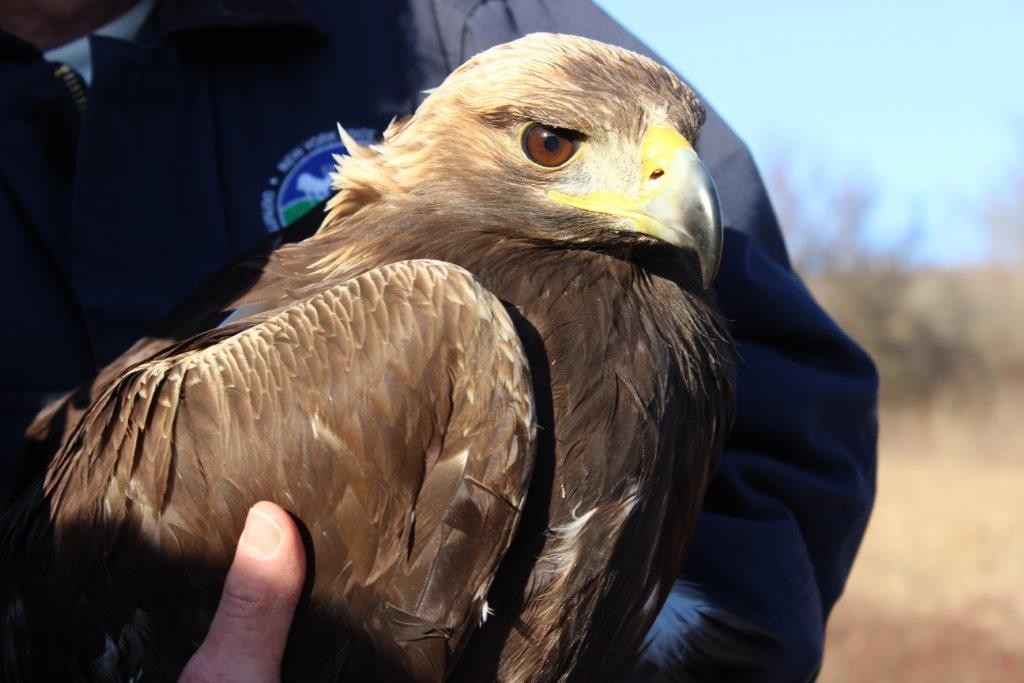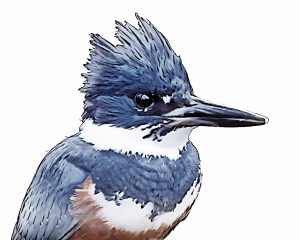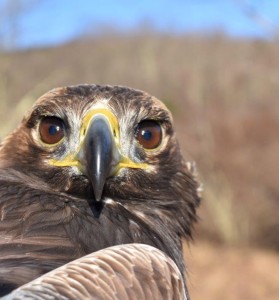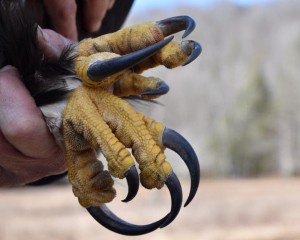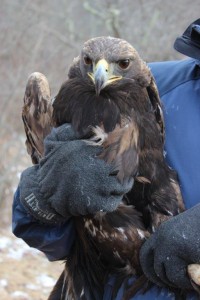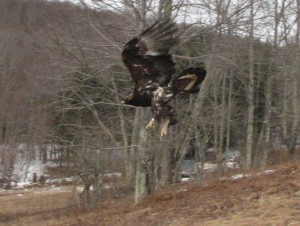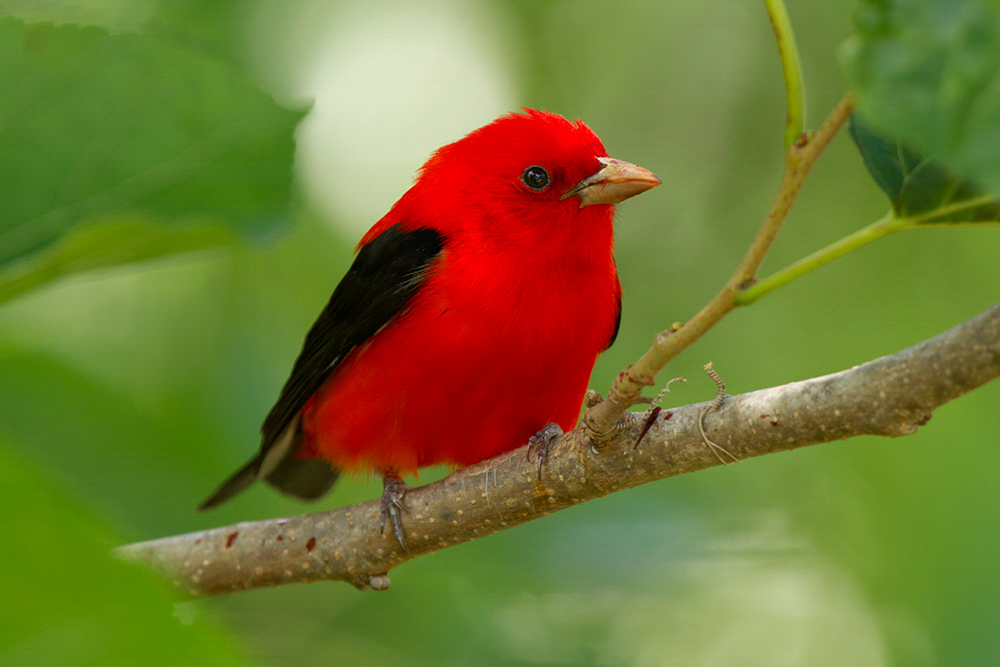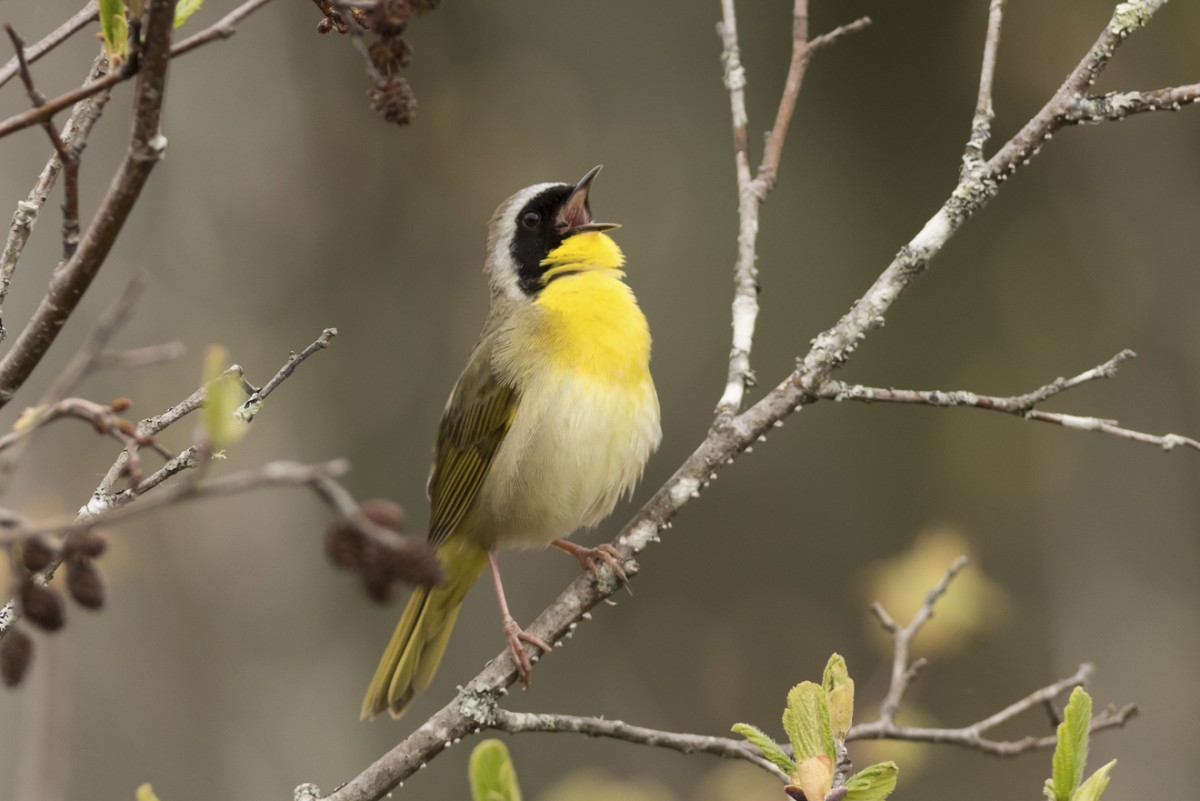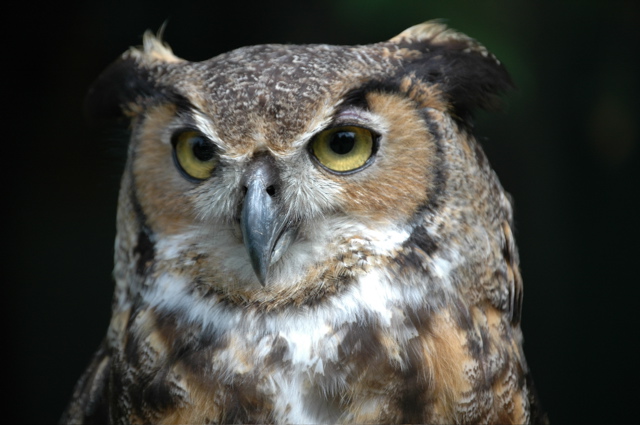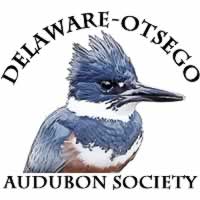For Immediate Release: By: Delaware-Otsego Audubon Society
For more information contact:
Susan O’Handley, Publicity Chairperson, Delaware-Otsego Audubon Society, Oneonta, NY; (607) 643-5680; info@doas.us
Tom Salo, Research Committee Co-Chair, Delaware-Otsego Audubon Society, Oneonta, NY; (607) 965-8232; salothomas@gmail.com
Delaware-Otsego Audubon Society, with assistance from the NYS Department of Environmental Conservation, trapped 4 golden eagles this winter in upstate New York as part of an initiative to monitor and learn about local populations. These birds have been fitted with small tracking devices that collect GPS data every 15 minutes. When cell service is available, the solar powered units download information on location, speed and elevation. For each of the birds trapped this winter, the forested areas of the Catskills seem to be preferred habitat.
Golden eagle is a rare and Endangered Species in New York. DOAS research has shown the Northern Catskills and Otsego County to be a focal area for both spring and fall migrations. The use of bait and wildlife cameras since 2010 have determined that high concentrations of winter residents are present, with multiple individuals visiting some research sites.
Raptors such as golden eagle are highly sensitive to contaminants that accumulate at the top of the food chain. Unlike bald eagles – which received human help to recover – goldens have had to rebound from the devastating effects of DDT on their own.
This on-going research provides data that can be used to minimize impacts to this iconic species. Golden eagles are unusually susceptible to impacts from commercial wind development, so the data collected on the movements of these local birds can help to provide information on where wind initiatives may be most appropriate. DOAS data has also contributed to our knowledge of how lead ammunition can impact scavenging birds, including eagles of both species.
Many reports of golden eagles are mistaken identifications. Juvenile bald eagles look very similar and are easily confused with goldens. Bald eagles are much more comfortable around people. They are attracted to open water, unlike golden eagles which usually stay at high elevations, and out of sight. Skilled observers actively searching Delaware County during the last 2 winters found 1 golden eagle for every 53 hours of observer time.
The spring migration recently started for adult birds, which rush to their Canadian breeding territories at the end of winter. Counting of these migrants happens at Betty and Wilbur Davis State Park when the weather is favorable. The first migrant this season was seen on February 28.
On Friday, March 18, DOAS Research Committee Co-Chair Tom Salo will present information on DOAS research efforts over the past 2 winters. The talk will discuss camera trapping, the actual trapping and tracking of eagles, data gathering on known roost locations, and the results of winter raptor counts DOAS has organized in Delaware County. This free presentation will take place at 7:30pm at the Elm Park United Methodist Church, 401 Chestnut St. in Oneonta. This event is free and open to the public; Refreshments served.

